Sports injuries are an unfortunate reality for athletes of all levels, from weekend warriors to elite professionals. While some accidents are unavoidable, a significant portion of sports-related injuries can be prevented through proper preparation, technique, and awareness. Understanding the mechanisms behind common injuries and implementing preventive measures can make a profound difference in an athlete's longevity and performance.
The foundation of injury prevention lies in recognizing the factors that contribute to sports-related harm. Overuse, improper form, inadequate warm-ups, and insufficient recovery are among the leading culprits. Each sport carries its own unique risks—runners often face knee and ankle issues, swimmers contend with shoulder strains, and basketball players are prone to ACL tears. By identifying these sport-specific hazards, athletes can tailor their prevention strategies accordingly.
One often overlooked aspect of injury prevention is the role of proper conditioning. Many athletes focus solely on sport-specific skills while neglecting the muscular balance and joint stability needed to support those movements. A comprehensive strength training program that targets both primary movers and stabilizing muscles can create a more resilient physique. For instance, soccer players who strengthen their hip abductors experience fewer knee injuries, while baseball pitchers with robust rotator cuff muscles reduce their risk of shoulder damage.
Nutrition and hydration play surprisingly significant roles in injury prevention. Dehydration can lead to muscle cramps and decreased coordination, while inadequate nutrition may result in slower recovery and weaker tissues. Electrolyte imbalances make muscles more susceptible to strains, and chronic energy deficits can lead to stress fractures. Athletes should view their dietary habits as integral to their injury prevention toolkit, not just as fuel for performance.
The importance of proper equipment cannot be overstated when discussing injury prevention. Ill-fitting shoes contribute to countless lower extremity injuries, while outdated or damaged protective gear fails when needed most. Helmets should be replaced after any significant impact, even if damage isn't visible, and footwear should match both the sport and the athlete's biomechanics. Many specialty running stores now offer gait analysis to help match runners with appropriate shoes based on their stride patterns.
Recovery is where many athletes falter in their injury prevention efforts. The body repairs and strengthens itself during rest periods, not during training. Overtraining syndrome leads to decreased performance and increased injury risk as fatigue accumulates. Incorporating active recovery days, prioritizing sleep, and scheduling regular deload weeks allow tissues to adapt to training stresses. Techniques like foam rolling, contrast baths, and massage can further enhance recovery when used appropriately.
Psychological factors in injury prevention are gaining increased recognition in sports medicine circles. Stress and anxiety can lead to muscle tension and decreased focus, both of which elevate injury risk. Athletes under significant psychological pressure often demonstrate altered movement patterns that predispose them to injury. Mindfulness training and stress management techniques are proving valuable additions to traditional physical prevention methods.
Environmental awareness represents another critical component of injury prevention. Playing surfaces vary dramatically in their impact on the body—hard courts transmit more force to joints than clay surfaces in tennis, while artificial turf behaves differently than natural grass in football. Weather conditions affect traction and muscle temperature, with cold environments requiring longer warm-up periods. Smart athletes learn to adapt their preparation and technique to these variables.
The value of professional guidance in injury prevention cannot be overstated. A qualified coach can correct technique errors before they lead to injury, while physical therapists can identify and address muscular imbalances. Even occasional sessions with specialists can provide insights that prevent months of downtime. Many professional sports teams now employ full-time injury prevention specialists, a testament to the effectiveness of expert intervention.
Age-specific considerations also factor into effective injury prevention strategies. Adolescent athletes require special attention to growth plates and developing bone structures, while masters athletes must account for decreased elasticity in tissues and longer recovery times. Women athletes have unique considerations regarding ACL injury prevention and bone density maintenance. Tailoring prevention approaches to these demographic factors yields better outcomes than one-size-fits-all solutions.
Technology is revolutionizing injury prevention in exciting ways. Wearable devices can now monitor training loads and flag excessive fatigue, while motion capture systems detect subtle technique flaws. Force plate analysis reveals asymmetries in power production, and thermal imaging can identify inflammation before it becomes problematic. These tools are becoming increasingly accessible, moving from professional locker rooms to local sports clinics.
Perhaps most importantly, athletes must cultivate an injury prevention mindset rather than viewing it as an afterthought. This means listening to the body's warning signs rather than pushing through pain, valuing long-term health over short-term gains, and recognizing that prevention is an ongoing process. The most successful athletes aren't necessarily those who train the hardest, but those who train the smartest with injury prevention woven into every aspect of their regimen.
While no prevention strategy can eliminate all risk, a comprehensive approach dramatically reduces both the likelihood and severity of sports injuries. By combining physical preparation, technical proficiency, proper equipment, and smart recovery, athletes can continue to enjoy their sports while minimizing time lost to preventable injuries. The investment in prevention pays dividends not just in avoided injuries, but in enhanced performance and prolonged athletic careers.

By /May 21, 2025

By /May 21, 2025

By /May 21, 2025

By /May 21, 2025

By /May 21, 2025
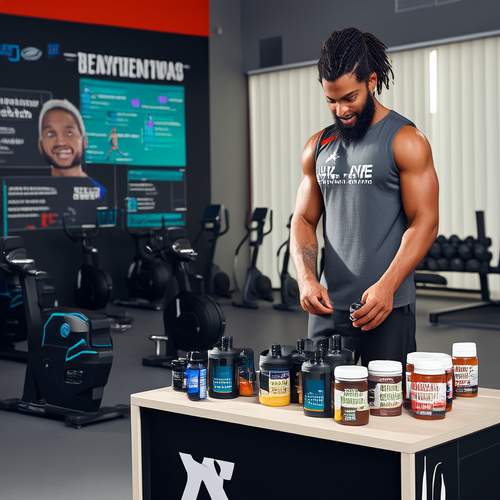
By /May 21, 2025
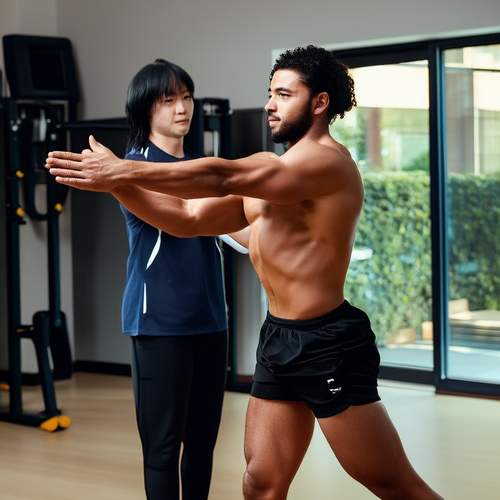
By /May 21, 2025
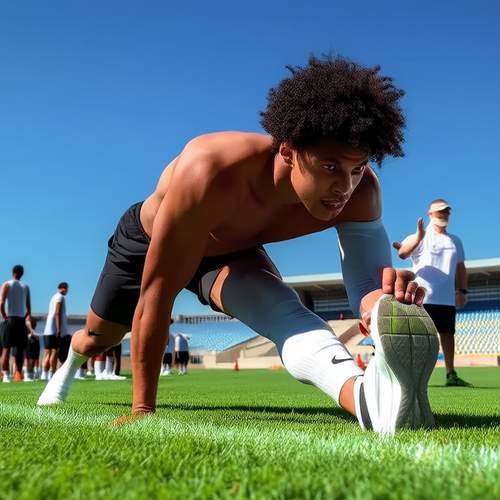
By /May 21, 2025

By /May 21, 2025
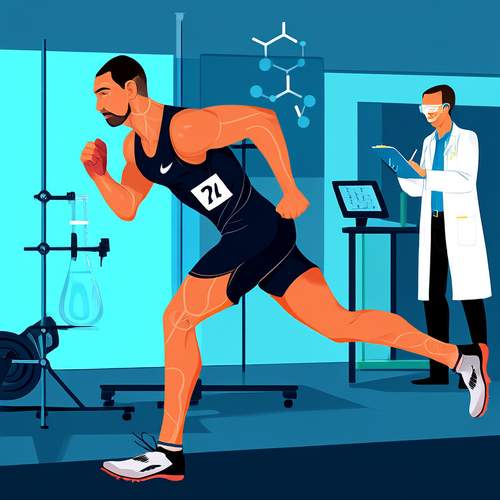
By /May 21, 2025

By /May 21, 2025

By /May 21, 2025

By /May 21, 2025
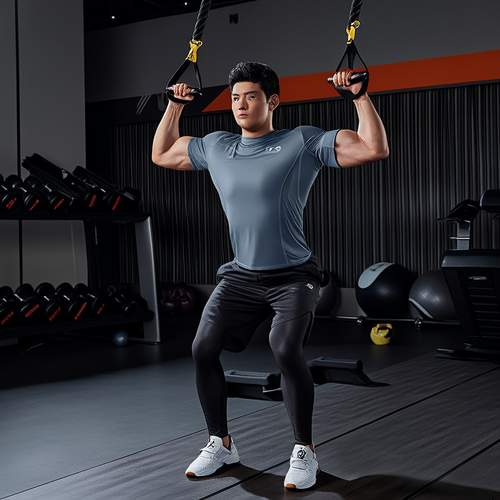
By /May 21, 2025
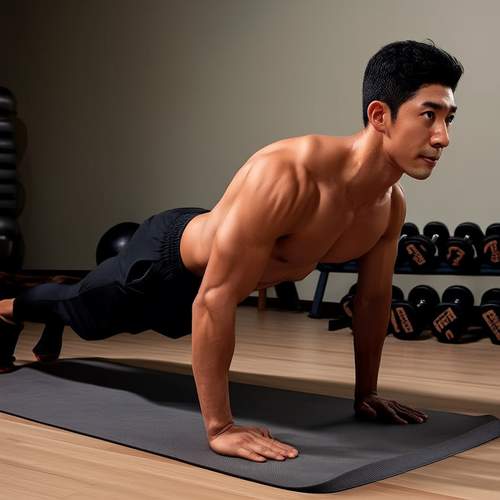
By /May 21, 2025
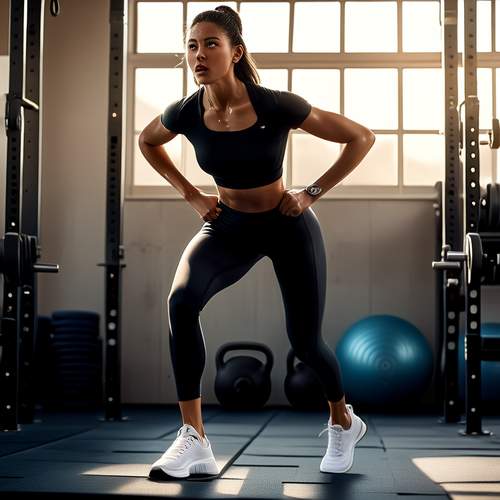
By /May 21, 2025
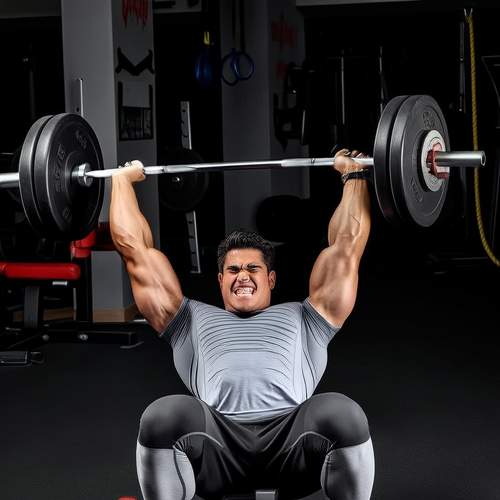
By /May 21, 2025
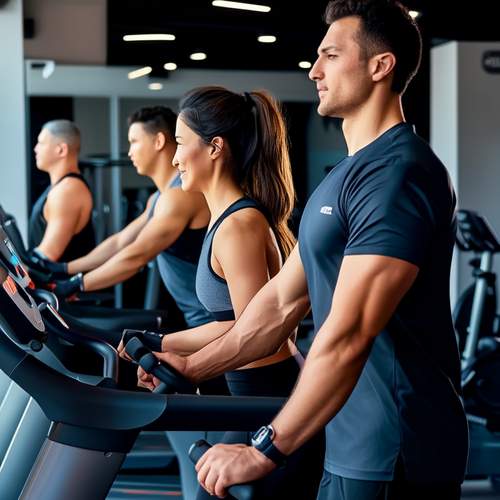
By /May 21, 2025

By /May 21, 2025

By /May 21, 2025